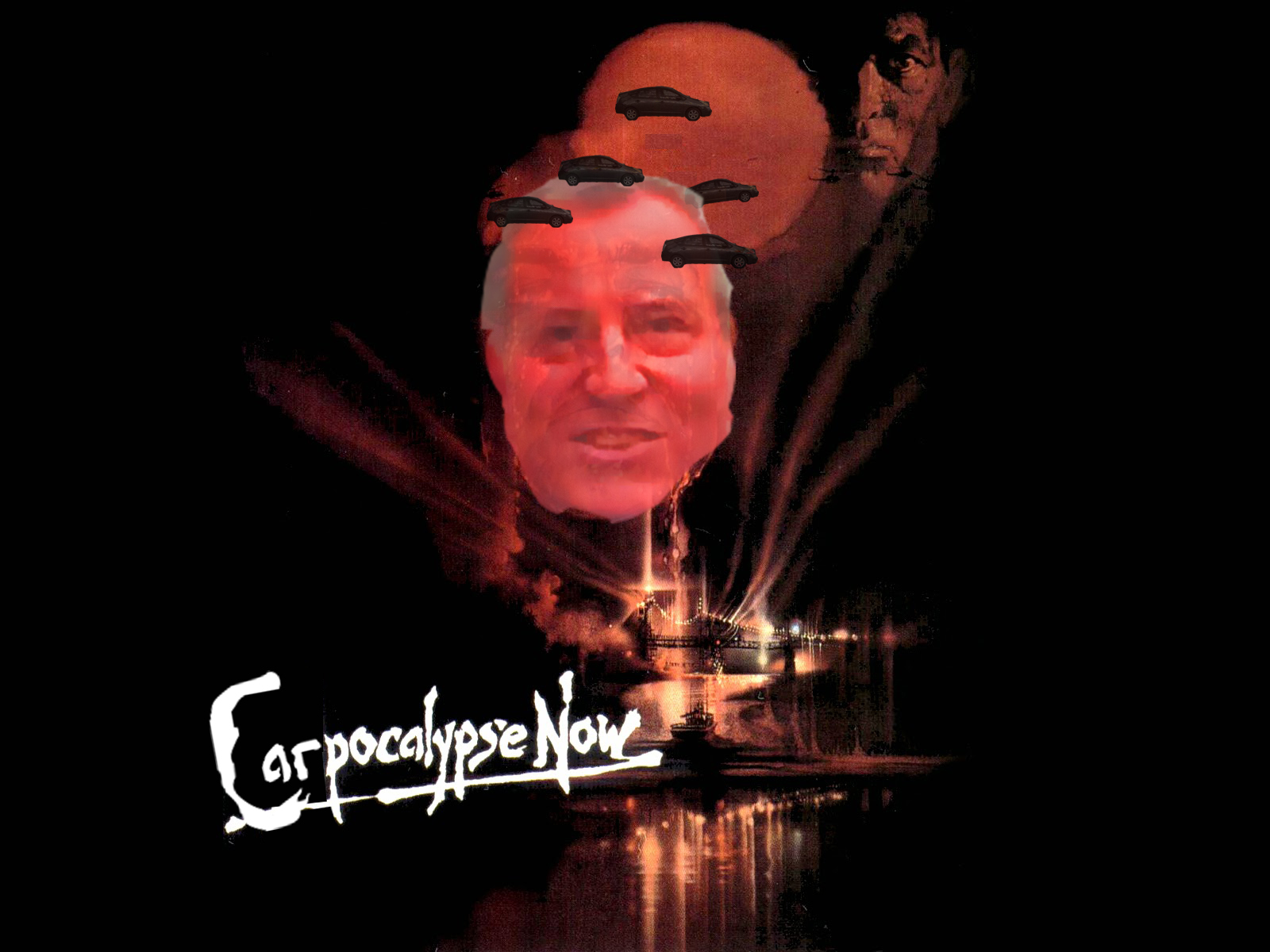New data show that vehicle traffic is returning much more slowly to Manhattan than it has to the rest of New York City — providing the Department of Transportation with an opportunity to build infrastructure that could forestall the wholesale return of car-induced misery and carnage to the borough.
But the DOT shouldn't lose focus on the pressing need for such infrastructure, including busways, bus lanes and bike lanes, in the outer boroughs, too, transit advocates argue.
Drivers traveled 9,010,000 vehicle miles on Manhattan streets on July 10, according to StreetLightData, an online service that monitors transportation. That's 75 percent less than during a normal, pre-pandemic driving day of 36,000,000 VMT, even though the city has moved into Phase 3 (the second to last phase) of the state's economic reopening. Total VMT in Manhattan was 2,000,000 miles in mid-April, during the depths of the pandemic, demonstrating just how slowly vehicle traffic is returning to the borough.
Total VMT has mounted much more strongly from the pandemic's trough in the rest of the city, however. The Bronx has regained 74 percent of its normal VMT, Staten Island and Brooklyn have each regained 61 percent and Queens has regained 55 percent of its usual VMT numbers. So even if people aren't driving into Manhattan right now, they are driving their cars around the city, which is a cause for concern if we're going to become a less car-reliant city.
The Bronx, Brooklyn and Staten Island (the notable exception is Queens) usually posted lower total VMT than Manhattan before the pandemic. During the lockdown phases, however, outer-borough driving outpaced driving in Manhattan, as white-collar workers stayed home from jobs in the Central Business District but essential workers living outside Manhattan continued their commutes. As Adam Forman, chief policy officer at Comptroller Scott Stringer's office pointed out, low-wage shift-workers often must rely on their cars if they work outside of Manhattan.
One thing that's often overlooked in convos about cars & equity: While median income of *car owners* in NYC is much higher than those w/out ($85k v $41k), car & subway *commuters* are similar ($47k v $43k)
— Adam Forman (@LeoniaBatlan) July 15, 2020
Many who work in low-wage, shift-work, off-peak, non-Mn jobs rely on cars
"The short version is that most white collar workers just aren’t back to work yet," said Tri-State Transportation Campaign Executive Director Nick Sifuentes. "I took a bit of an informal poll of people I know and no one has been required to report back to offices in Manhattan yet. So we still have time to get Manhattan streets right."
Let's hope so, because New York has been slow to adopt the kinds of active-transportation, pro-transit and traffic-reduction measures that other large cities have put in place to help residents during the pandemic. Paris, for example, has added 30 miles of protected bike lanes for commuters who'd rather bike than drive or return to rail transit. The pandemic-related pop-up bike lanes in Sydney outshine some of the permanent protected lanes in New York. Other cities opened many hundreds of miles of open streets before New York waded in.
Another pop up cycleway opens in Sydney - seem to be rolling out at a rate of one a week at the moment! pic.twitter.com/vjNDOGKC2n
— Strategic Cities (@StrategicCities) July 15, 2020
By comparison to those efforts, Mayor de Blasio has promulgated much smaller changes — especially given that the Metropolitan Transportation Authority only months ago begged him to install 60 miles of bus lanes and busways in each of the five boroughs as part of post-pandemic planning. The mayor punted. In June, he committed to build 20 miles of bus lanes and announced that the 14th Street Busway would become permanent, But he only promised slightly less than two miles of new busways, and then in only two boroughs: A 1.1-mile bus-only street to be installed on Fifth Avenue from 57th Street to 34th Street, and a .6-mile busway on 181st Street between Amsterdam Avenue and Broadway. Another .8-mile bus lane will be installed on 14th Street from 1st Avenue to Avenue C.
The DOT also announced that the crosstown bike lanes on 38th Street and 39th Street — a pair of underwhelming temporary lanes totaling just 1.8 miles — are becoming permanent and that the city is finally filling in the infamous Second Avenue gap, with work on those projects to be finished in 2020.
As driving rises faster outside of Manhattan, advocates are admonishing the mayor not to lose focus in the other boroughs.
“[If] traffic is coming back faster in the outer boroughs, that emphasizes the importance of getting busways in outside of Manhattan,” said TransitCenter Communication Director Ben Fried.
The city's June announcement included minor bus-improvement plans in Queens, Brooklyn, Staten Island and the Bronx that are supposed to be completed by October, including busways and bus lanes. Busways are supposed to be installed in Flushing (.3 miles on Main Street between Sanford Avenue and Northern Boulevard), Jamaica (.9 miles on Jamaica Avenue from Sutphin Boulevard to 168th Street) and Downtown Brooklyn (.6 miles on Jay Street from Fulton Street to Tillary Street).
The city is also installing 15.7 miles of bus lanes: a 2.7-mile bus lane on 149th Street between Southern Boulevard and River Avenue, a 6.4-mile bus lane in eastern Queens on Merrick Boulevard from Hillside Avenue to Springfield Boulevard, and a 6.6-mile bus lane in southeast Staten Island on Hylan Boulevard between Lincoln Avenue and Nelson Avenue.
"The city should prioritize these projects," Fried said about the improvements that would help 530,000 daily bus riders.






